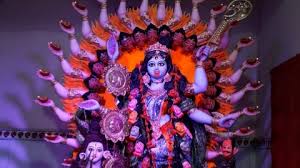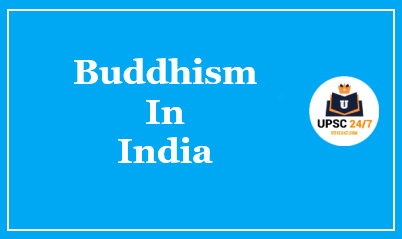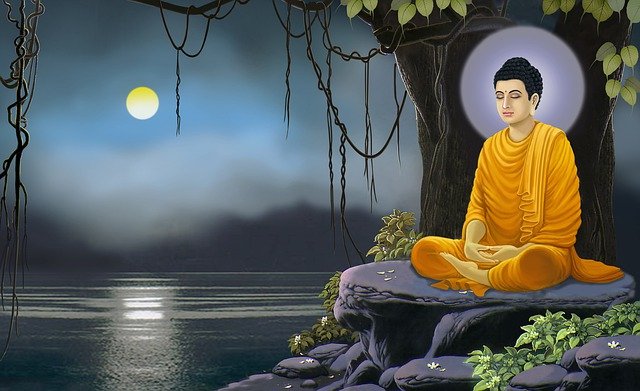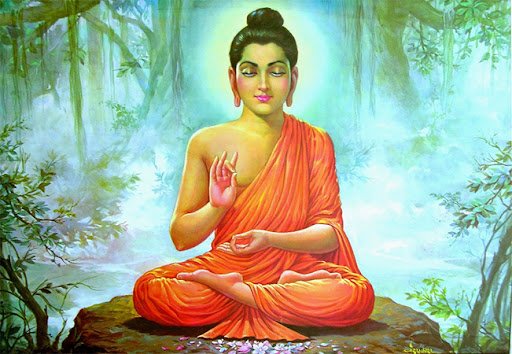Sangha Kali | UPSC | Why In News ?
To save the art from extinction, a team of youngsters created the Kizhiviri Chathira Sangham of Anjoor in Thrissur district

About Sangha Kali :
- Sanghakkali is traditionally performed by the Namboodiris as a ritual.
- It is one among several rare art forms of Kerala that are fast vanishing.
- Sanghakkali was performed in Namboodiri homes during the ‘shodasa kriyas’(16 rites) as well as in Shiva temples
Read Also – Bon Bibi UPSC | Sunderbans
What are the processes involved?
Kottichakam pookal:
- The ritual begins with kottichakam pookal, the traditional welcome extended to the team by the head of the family.
- After a short invocation, keli, a traditional announcement by a percussion ensemble, is presented along the lines of Kathakali.
Pathram kotti arakkal:
- Next is pathram kotti arakkal, literally meaning ‘shouting along with drumming on a vessel’.
- A vatta chembu (large circular copper vessel) is placed on the floor upside down and the performers strike it with their bare hands.
- Plantain leaves are placed on the base to avoid soot stains on the drummers’ hands.
- As the drumming continues, two artistes armed with long wooden ladles move in parallel lines on either side of the vessel in sync with the rhythm even as invocatory verses are sung.
Naalu padam:
- The naalu padam (four lines), the segment staged next, was a mantra given to the Namboodiris by sage Jangama, enabling them to win a contest organised by Pallibhana Perumal, a ruler of Kerala who had embraced Buddhism.
- The mantra is believed to be the gist of the four Vedas.
Sadya:
- This is followed by a sadya or feast, accompanied by the chanting of ‘curry slokas’ describing the various dishes. ‘
- Elements of humour are introduced by shouting out for delicacies that are not on the menu.
- Feast over, the performers go to the pond to wash their hands and as they return, they sing the traditional vanchi pattu.
Paana:
- Next is the paana, with meaningful slokas recited to a variety of rhythms such as adantha, mudiyadantha etc., as the troupe sits on the stage.
- At this time, Itik Kandappan, a jester, makes an entry.
- He symbolises Kaimal, the local ruler.
- Flanked by torches and armed with sword and shield, he begins a wordy duel with the group of singers, in an effort to destroy the spiritual ambience.
Bali uzhichil:
- To nullify the negative effect caused in this segment, the bali uzhichil, a dance by Parvati in the guise of a gypsy, is presented next.







